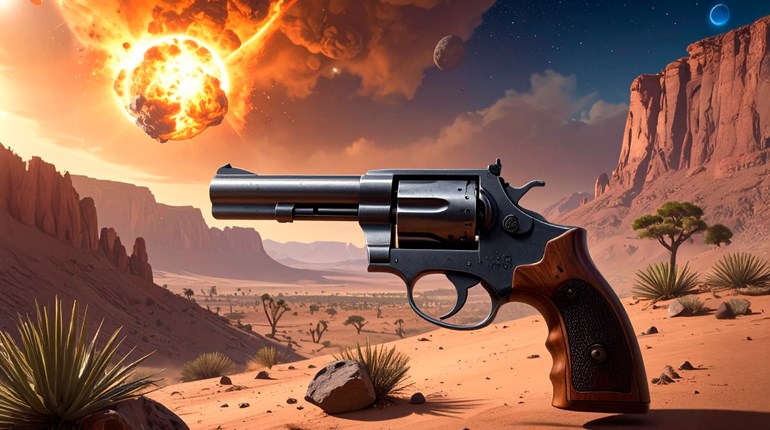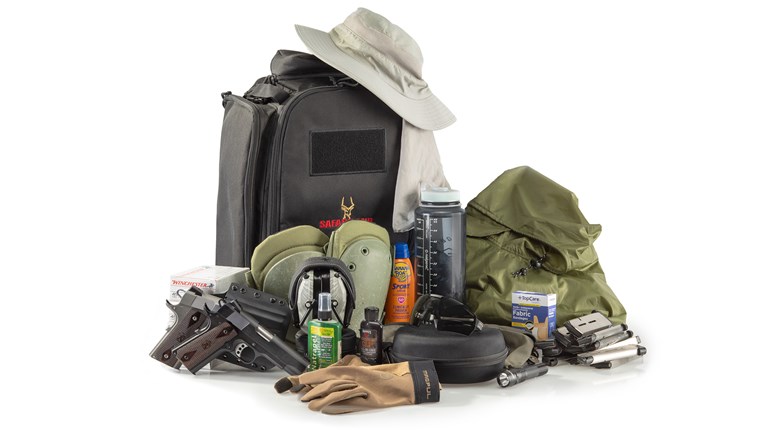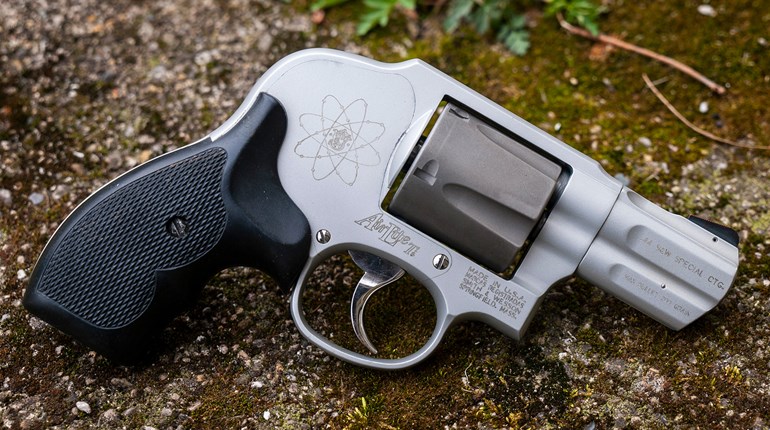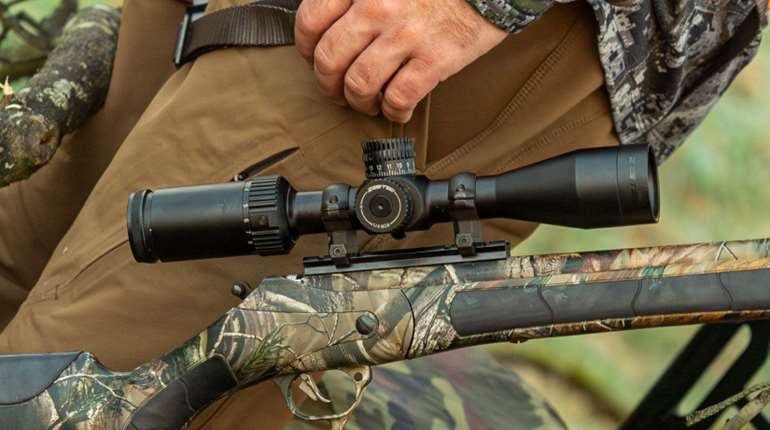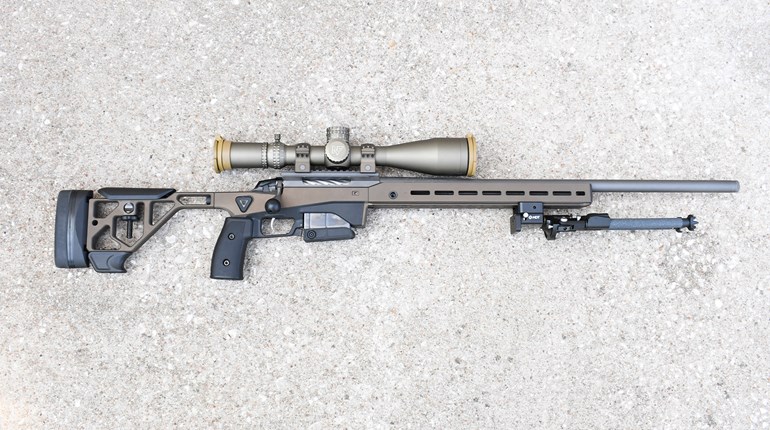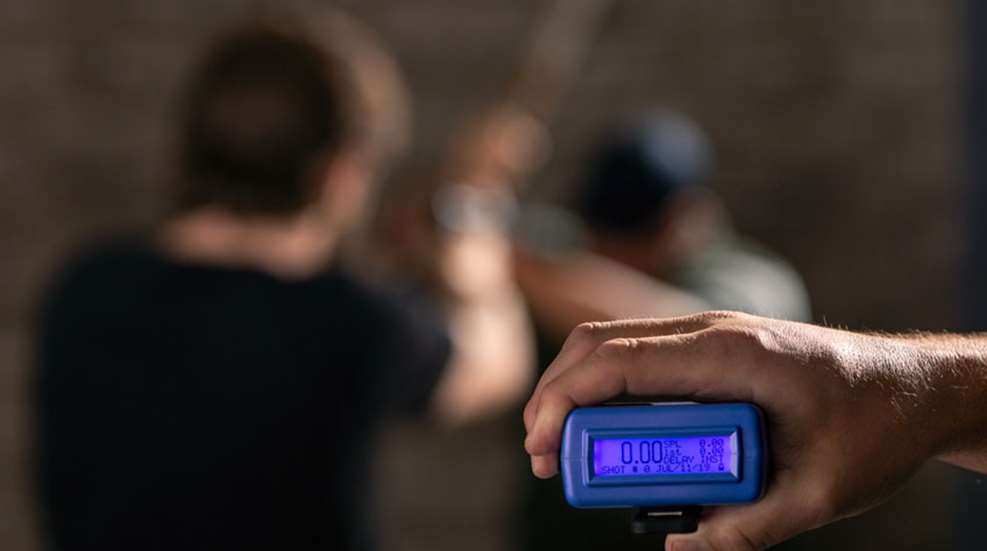
Any time a discussion that in any way touches on the subject of shot timers or timed drills comes up at the local gun store or on the intertubes, it’s a lead-pipe cinch that some kibitzer is going to chime in with “Oh, yeah? Well there ain’t no timer in a gunfight!” (To which my favorite retort is “No, but there is someone trying to kill you and they’re probably in a hurry.”)
I think most people, if asked, would say they prefer to have more, rather than less, skill with a handgun should they be forced to use one to defend their life. And how is one to know if one has more skill than one did before without measuring it?
Trainer Tom Givens points out that “without a reasonable target and without a time measurement, there is no way to assess skill, measure progress or diagnose and address deficiencies.” In other words, without measuring accuracy and speed, there’s no way of telling whether or not your level of skill is improving. All you’re doing is making holes in paper and turning money into noise.
In order to quantify this, various tests and standards are promulgated. These range from the relatively easy qualification courses used by most law enforcement agencies or states that require them for concealed-handgun carry permits, up through more-difficult standards like the “Casino Drill” from the aforementioned Tom Givens, or the “Fundamentals of Accuracy and Speed Test” (F.A.S.T.) from the late Todd Green.
Human beings being competitive by nature, it’s natural to want to measure one’s score on these sorts of things against one’s peers. Inevitably, people look up to those who achieve the best scores.
Interestingly, one thing needed to do well on most of these tests is the ability to shoot fast “splits,” a split being the time between two shots. Fast splits are evidence of good recoil control and the ability to rapidly get back on the sights again.
The thing is, most actual defensive shooting doesn’t require blindingly quick splits, and they can in fact be detrimental.
As I noted in a previous column, in a recent class with John Murphy, he demonstrated this to the class by letting each student start firing at the target as fast as they felt they could get good hits, and stop when they saw a green laser dot appear on the target.
Inevitably, the students who were shooting fastest wound up launching two, three or more rounds after the dot appeared. This is partly due to the phenomenon of the “reaction gap,” or the time needed to process incoming visual information and react to it, and partly because many of those students were shooting at the ragged edge of their shooting-speed limit, and spending all their mental-processor cycles on sights and trigger control.
Darryl Bolke, a retired officer from a Southern California police department and trainer with Hardwired Tactical Shooting, frequently mentions that LAPD SWAT’s shooting standards are heavy on accuracy and don’t really call for splits much faster than .4 or .5 seconds.
Similarly, Ernest Langdon, of Langdon Tactical, once wrote in an online discussion on the topic something that really stuck with me:
.1X splits are cool, but they rely on the target and the shooter standing still, which is not very likely at all. When you are moving and the target is moving, you are lucky to get splits faster than about .35, and .50s are more the norm because that is the time that it takes for your mind to process the information that is coming in and for the gun to cycle. I have never really cared about .1X splits, they are just not important for most of what we need a handgun for.
So, knowing all this, what is the benefit of learning to shoot faster?
A lot of it comes down to building automaticity in your shooting skill, because if there’s one thing everyone I’ve talked to on this agrees, it’s that you’ll want as many of those mental-processor cycles we talked about earlier available to pay attention to what’s going on.
Quoting Darryl Bolke:
One of the reasons I am not obsessed with competition-level speed for street use is that how fast you shoot is dictated by how fast you can hit coupled with how fast you can assess. All that ‘thinking’ stuff is what is really hard.
In a world where you’re legally and morally responsible for every bullet you launch, every trigger pull needs to be an individual event. You can’t just decide that a bad guy is a threat and launch some predetermined number of bullets. While it’s true expert witnesses can be found to explain the “reaction gap,” an even better solution would be to not need their services in the first place.












